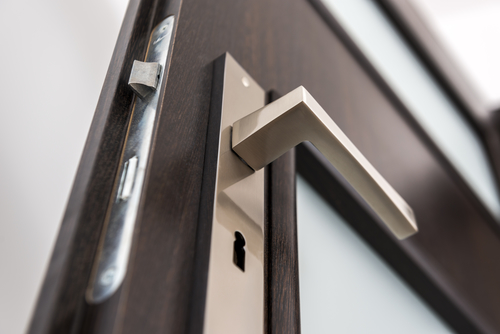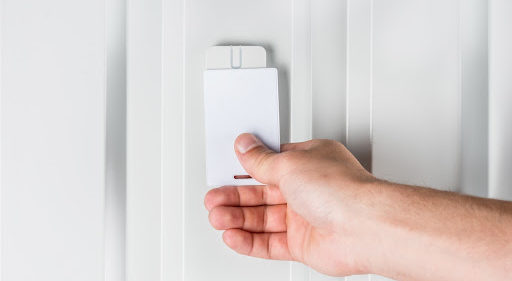Tips on troubleshooting electric strikes (Under Pressure – The Problem with Preloading)
Thank you for joining us for the second half of our troubleshooting electric strikes special! In our last article we covered the basics of troubleshooting including checking for correct installation, wear and tear, and what to do if the issue with your electric strike is well, electrical. Today we are covering how to combat malfunctioning strikes if the issue is pressure, or a preloaded door.

UNDER PRESSURE
Many times, an electric strike is malfunctioning because of a pressure excess. Like electrical problems, these issues are difficult to diagnose because you can’t see them. Luckily, there are ways to solve for this.
The first thing to check is whether the door is preloading the strike by turning the knobset without putting pressure on the door to open. If the door pops open slightly, then you know it is preloaded. This is the easiest thing to check first and means that there’s pressure on the keeper of the electric strike and it’s being forced to bind. If this is the case, adjusting the relationship between the lockset and strike should fix the issue once binding no longer occurs.
The most common causes of a preloaded door are:
- Warped or swollen wood door from moisture
- Door frame was mounted incorrectly (not plumb or square)
- Pressure from a heavy commercial AC system
- Thick insulation or door weather stripping
- Sagging hinges
- Improperly mounted electric strike
If the door is not preloading the next step is to remove the strike from the doorframe without disconnecting its wires. If the strike now decides to play nice, the issue is that the frame cutout is squeezing too tightly on the strike hardware. Very rarely will the problem be that the frame cut out is putting pressure on the strike, but once removed, the door can be tried without putting pressure on the strike and this also allows you to see the manufacturer and model number in case it does need to be replaced.
It’s important to note that when taking the strikeout, no pressure should be put on the strike keeper while testing it. This will keep it from working the same as preloaded door pressure will. Even knowing this, people tend to hold their finger on the keeper until power is applied to see if it then releases. It is necessary to wait until the electric strike gains power before putting pressure on the keeper to test it. It is also best to take the card reader and remote release buttons, if equipped, out of the picture while testing. To test, briefly connect both ends of the power source directly to the strike. Be careful with an AC strike because most are intermittent duty and the electric coil is not designed to withstand the heat generated by constant electric current. Our last note is extremely important! Be careful not energize the strike for periods longer than one minute or damage can result.
We realize that electric strikes can be more intimidating to repair because of the increased variables as opposed to fixed electric strikes. They offer so much more however, that we believe troubleshooting, if and when, you come across a problem is always worth it to keep your electric strike functioning and in good condition.
As always, we hope you’ll find this framework useful but please feel free to contact a Card Lock representative if you have any further questions.
Source:



